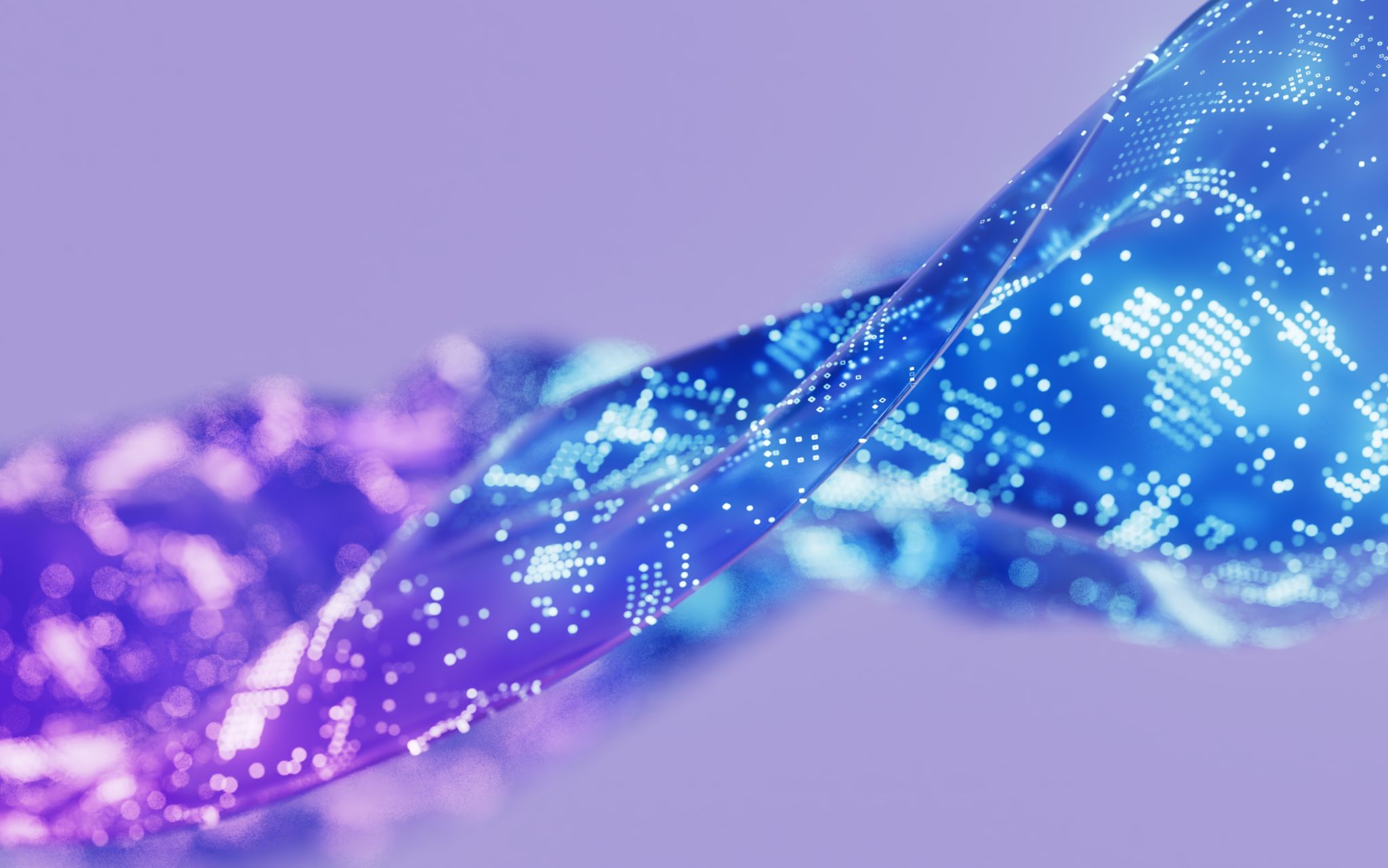AI vs. Traditional Automation: What Sets AI Solutions Apart?
Understanding the Basics of Automation
In today's rapidly evolving technological landscape, the terms "automation" and "AI" are often used interchangeably. However, they represent distinct concepts with unique roles in streamlining processes. Traditional automation involves pre-programmed tasks executed by machines or software, enhancing efficiency by reducing manual intervention.
These systems are designed to perform repetitive tasks consistently and reliably. Common examples include assembly lines, data entry processes, and even simple algorithms used in software applications. Though effective, traditional automation lacks the ability to adapt or learn from new data input.

Defining Artificial Intelligence
Artificial Intelligence (AI) takes automation to the next level by introducing cognitive functions akin to human intelligence. Unlike traditional automation, AI systems are capable of learning, reasoning, and problem-solving. They can process large volumes of data and identify patterns, making them adaptable to changing circumstances.
The key distinction lies in AI's ability to improve its performance over time without explicit programming. Machine learning, a subset of AI, allows these systems to interpret data sets and evolve their processing strategies, resulting in more accurate and efficient outcomes.
The Advantages of AI Over Traditional Automation
The primary advantage of AI over traditional automation is its adaptability. While traditional systems require manual updates to handle new tasks or data variations, AI can autonomously refine its algorithms based on new information. This flexibility leads to better decision-making and increased productivity.

Furthermore, AI can handle unstructured data, such as images and natural language, which traditional automation struggles with. This capability opens the door for advanced applications like image recognition, voice assistants, and autonomous vehicles.
Real-World Applications
AI solutions are making significant impacts across various industries. In healthcare, AI aids in diagnosing diseases by analyzing medical images and patient data. In finance, AI-driven algorithms predict market trends and manage investments more effectively than traditional methods.
Moreover, in the customer service sector, AI chatbots provide 24/7 assistance, understanding and responding to customer inquiries in real-time. These chatbots continuously learn from interactions to enhance their performance.

Challenges and Considerations
Despite its advantages, implementing AI solutions comes with challenges. The complexity of AI systems requires significant investment in terms of time and resources. Moreover, concerns about data privacy and security are paramount as AI systems often rely on sensitive information to function effectively.
It is crucial for businesses to weigh these considerations carefully when deciding between traditional automation and AI solutions. Understanding the specific needs of a business and the capabilities of each technology is essential for making informed decisions.
The Future of Automation
As technology continues to advance, the line between traditional automation and AI is expected to blur further. The integration of AI into automated systems promises to revolutionize industries by not only improving efficiency but also by creating new opportunities for innovation.
Ultimately, the choice between traditional automation and AI solutions will depend on an organization's unique goals and resources. By leveraging these technologies effectively, businesses can position themselves at the forefront of the digital age.